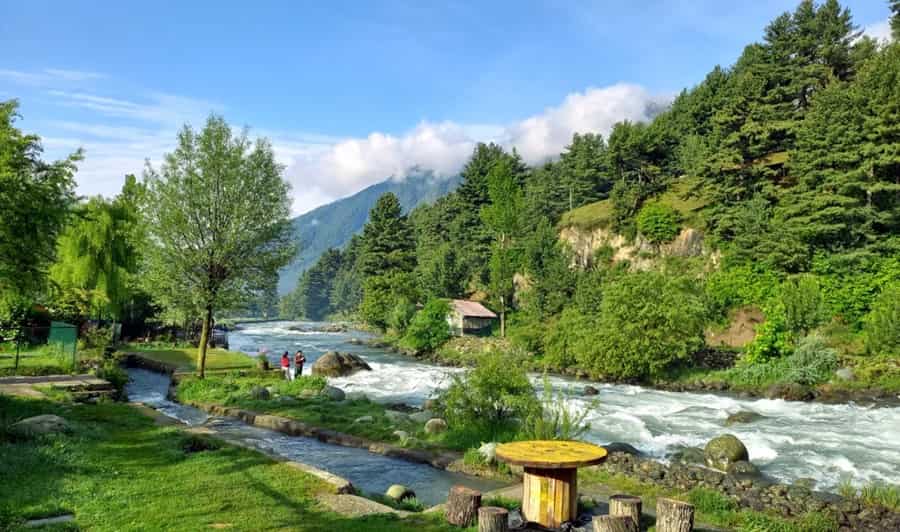Jammu and Kashmir (J&K) is a land blessed by nature, featuring an extensive network of rivers and streams. The region is home to several major river basins, making its geography unique. Did you know India is home to mighty rivers like the largest river in India by volume (the Brahmaputra), the longest river in India (the Ganga), and the widest river in India (also the Brahmaputra)? These large waterways sustain millions. The rivers of J&K are equally vital.

Different rivers in the region are often known by various local names or historical names. These names reflect their immense cultural and economic importance. For instance, do you know which river is nicknamed the 'Vitasta' in ancient texts? This particular river is a crucial source of irrigation and supports the famous floating markets of the region. In this article, we’ll take a look at the most significant river that serves as the lifeline of Jammu and Kashmir, exploring its journey, impact, and historical significance.
Which River Is Known As The Lifeline Of J&K?

The Jhelum River is rightly called the lifeline of Jammu and Kashmir, especially the beautiful Kashmir Valley. It is also considered the lifeline of the Kashmir Valley. It starts from a deep spring called Verinag, located at the foothills of the Pir Panjal mountains in the Indian Union Territory of Jammu and Kashmir. The river flows northwestward through the entire Kashmir Valley, passing directly through the city of Srinagar, which it divides into two parts.
It then flows into the large Wular Lake, which helps control the river's flow and acts as a natural flood reservoir. From there, it flows into Pakistan-administered Kashmir before finally joining the Chenab River near Trimmu in Pakistan's Punjab province, eventually emptying into the Indus River System. The Jhelum provides crucial water for irrigation, transport, and hydropower to the region.
10 Lesser-Known Facts About the Jhelum River

- The Jhelum river was known as the 'Vitasta' in ancient Sanskrit texts.
- It is historically famous as the 'Hydaspes', the site of a major battle between Alexander the Great and Indian King Porus in 326 BCE.
- The Jhelum is one of the few Himalayan rivers that shows well-developed meanders (curving bends) even in its upper, youthful stage, due to the flat valley floor.
- The old city of Srinagar is historically connected by nine prominent wooden bridges (known as Kadal) across the river.
- The Jhelum's waters are governed by the Indus Waters Treaty (1960) between India and Pakistan.
- It is a tributary of the Chenab River, not directly of the Indus, though both are part of the larger Indus River System.
- The famous Dal Lake in Srinagar is partly fed and drained by canals connected to the Jhelum River.
- According to Hindu mythology, the river was created by Lord Shiva's spear, which struck the ground to create the spring, giving it the name Vitasta, meaning "that which is spread out like a vitasti" (a measure of 12 fingers).
- The massive Mangla Dam, one of the largest earth-fill dams in the world, is built on the Jhelum River in Pakistan.
- In the Kashmiri language, the river is often referred to as 'Vyeth' or 'Vyath'.
Comments
All Comments (0)
Join the conversation